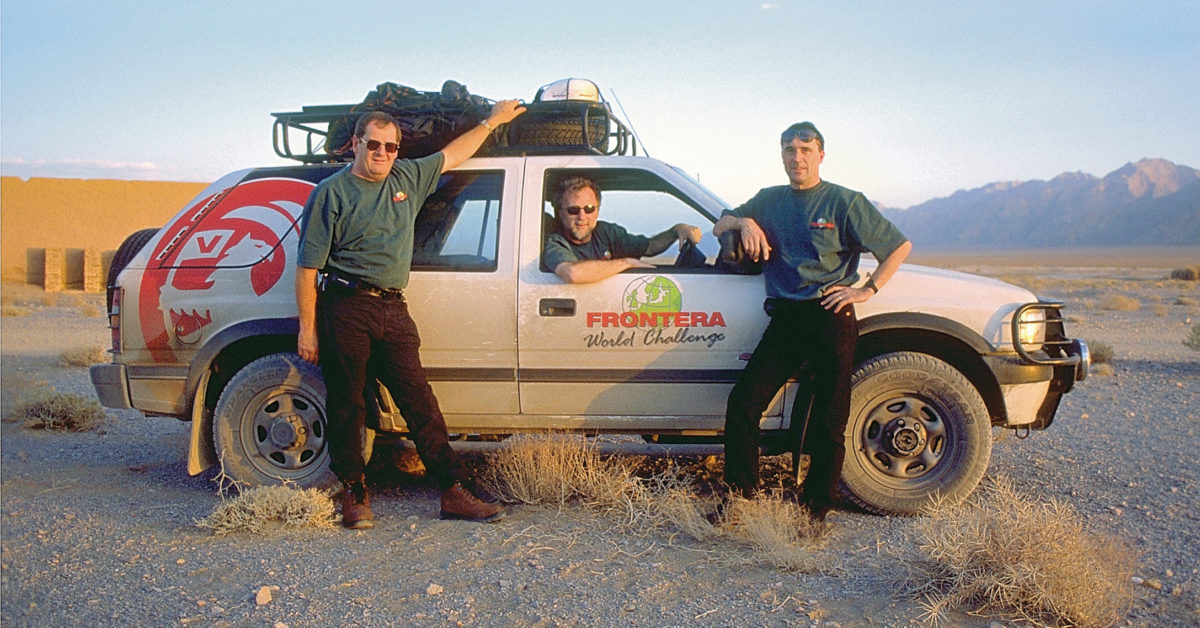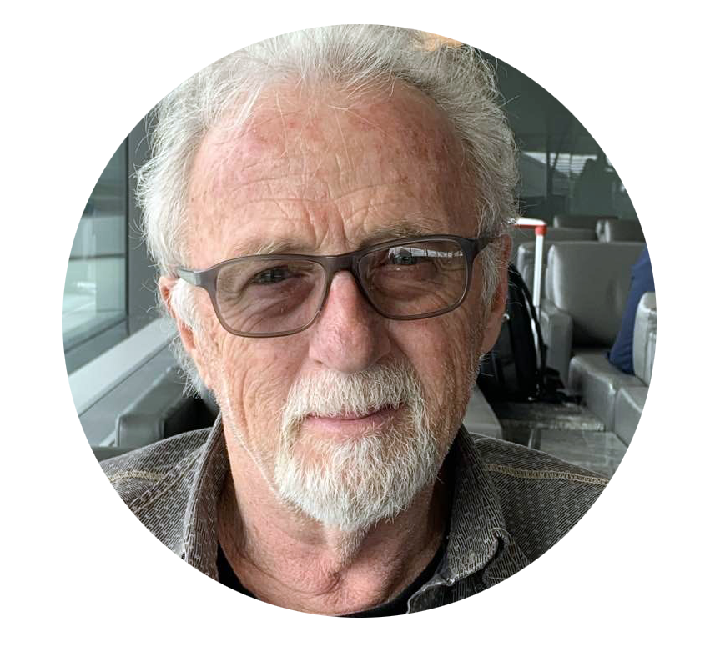
Garry Sowerby (70) has completed some of the world’s longest drives in record time. Four of these trips – including the one in 1997 with the Opel Frontera – have earned him an entry in the “Guinness Book of World Records”. He is CEO of Odyssey International Limited, an adventure travel company he founded in 1979. Sowerby lives in Halifax, Canada.
There may have been a few times along the way when Garry Sowerby wondered if he had not gone mad after all. How on earth had he got involved in this trip? The moment when his Iranian contact Ahmad Homayouni asked him what kind of weapons he had in his luggage was probably one of those times. Especially when Sowerby saw the bewilderment on his counterpart’s face when he answered: “None at all.”
In the footsteps
of Jules Verne
From a local’s point of view, the reaction was understandable: this guy wanted to cross Pakistan’s Sandy Desert with his two buddies, about 600 kilometres along the border to Afghanistan! Apart from the outside temperatures of over 45 degrees Celsius, there were always petrol and opium smugglers on the road, and heavily armed Afghan rebels roamed the region. And Garry Sowerby wanted to drive through, just like that. Unarmed, from Kerman in Iran, through the desert, on to New Delhi in India. And from there to Chennai on the Bay of Bengal, where his ship to Australia was waiting.
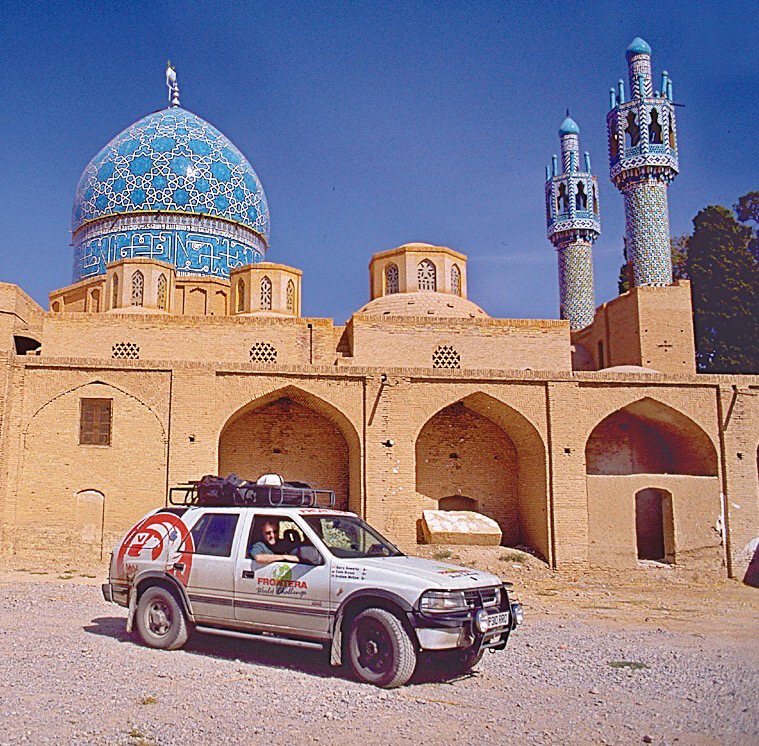
Iranians and others who are not British might think such an undertaking is crazy. True Englishmen, on the other hand, are more likely to see it as an extreme expression of their famous sporting and adventurous spirit. After all, a certain Jules Verne already wrote a novel back in 1873 about an Englishman named Phileas Fogg who travelled around the world in 80 days. These three gentlemen wanted to do the same in four weeks – in 1997. So what?
4×4 and 2.5-litre turbo diesel – simply ideal
And these three should let themselves be stymied by desert, smugglers and rebels? Never ever. They reached Chennai exactly eleven days, 21 hours and 25 minutes after setting off from London – on October 1, 1997. Five minutes (!) later than they had calculated when planning their trip.
The “Frontera World Challenge” has gone down in history – and is only one of many records that the now 70-year-old Garry Sowerby has set in his life as a motorsport adventurer. In Halifax, Canada, he is still President and CEO of the “Odyssey Management Team”. And he remembers this trip 24 years ago during a conversation with the Opel POST as if he had crossed the finish line just yesterday.

Happy 30th Birthday,
Opel Frontera!

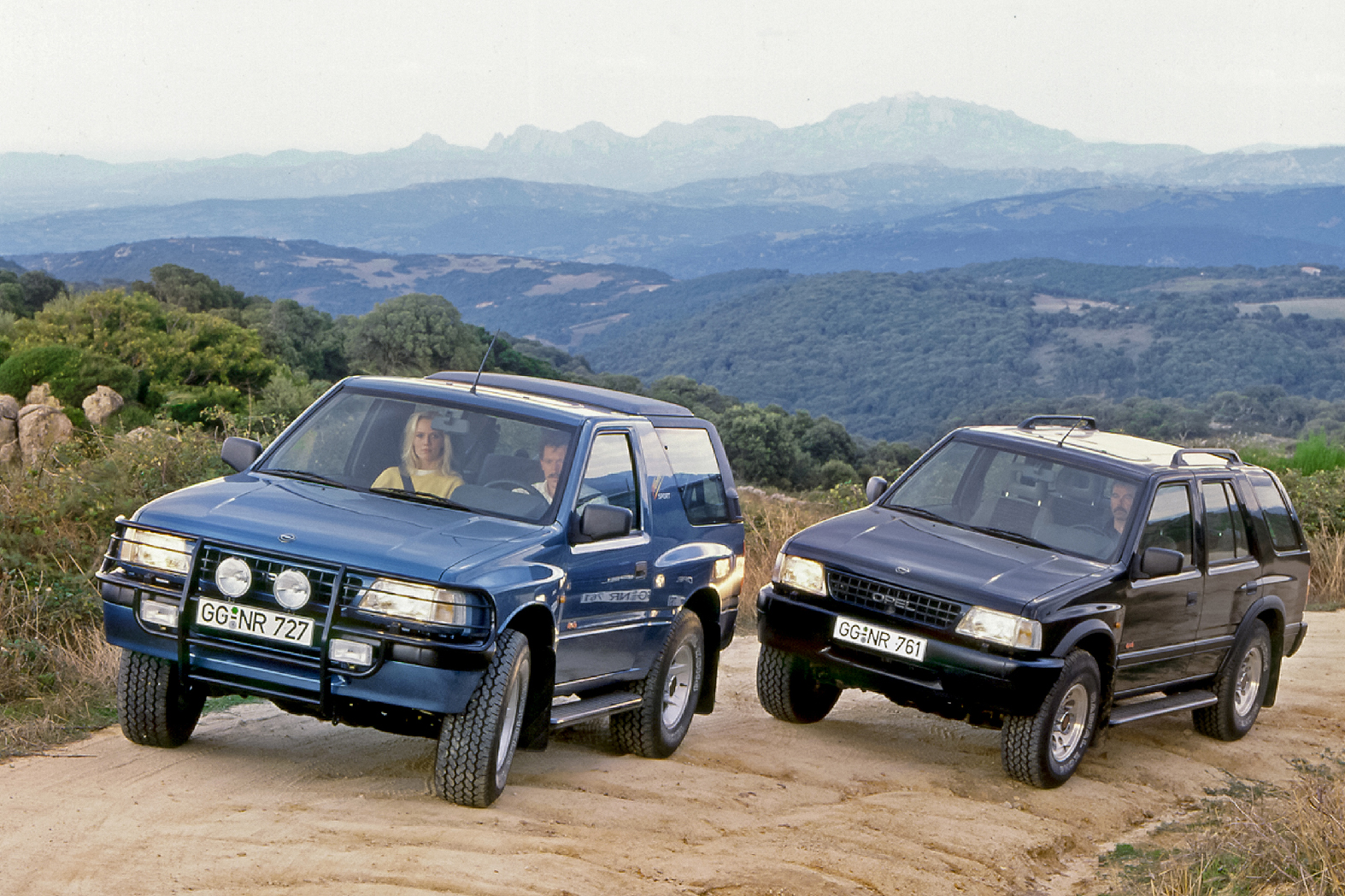
BORDERLESS The world of automobiles was clearly divided for decades. On the one hand, there were comfortable cars for the road; on the other, there were more purist vehicles for driving off the beaten track. That all changed suddenly in 1991, as Opel presented an “all-wheel drive recreational vehicle” called Frontera at the Geneva Motor Show.
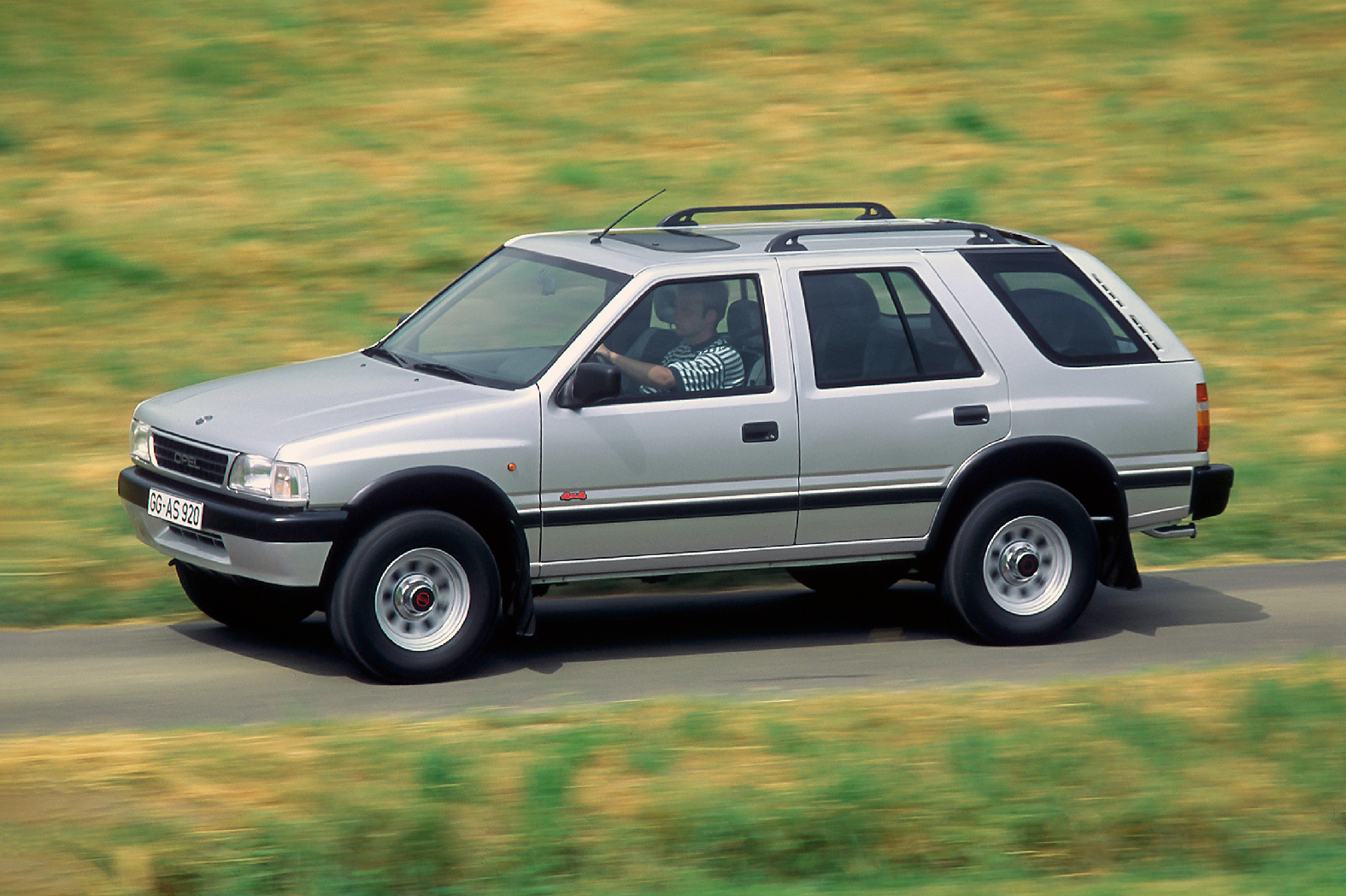
ENORMOUS With the Frontera (Spanish for border) the German brand founded the market segment for 4×4 all-rounders and started an all-wheel drive boom. By 1993, the Frontera had already left behind the knobbly-tyred competition and taken the lead in registrations.
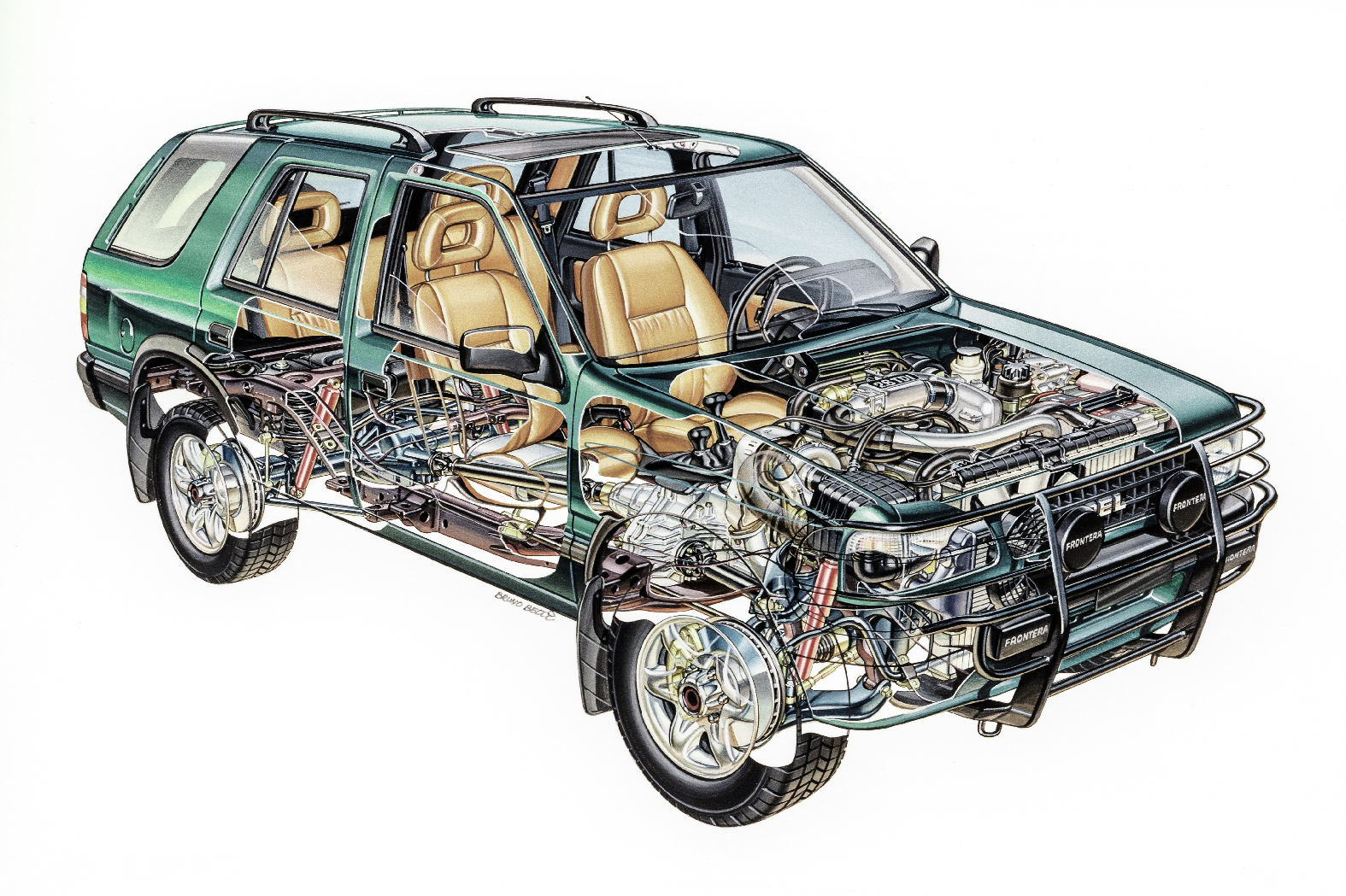
HOLISTIC A team of international engineers developed the Opel Frontera especially for the European market. Dynamic looks, passenger car comfort, functionality and good handling were the primary objectives.
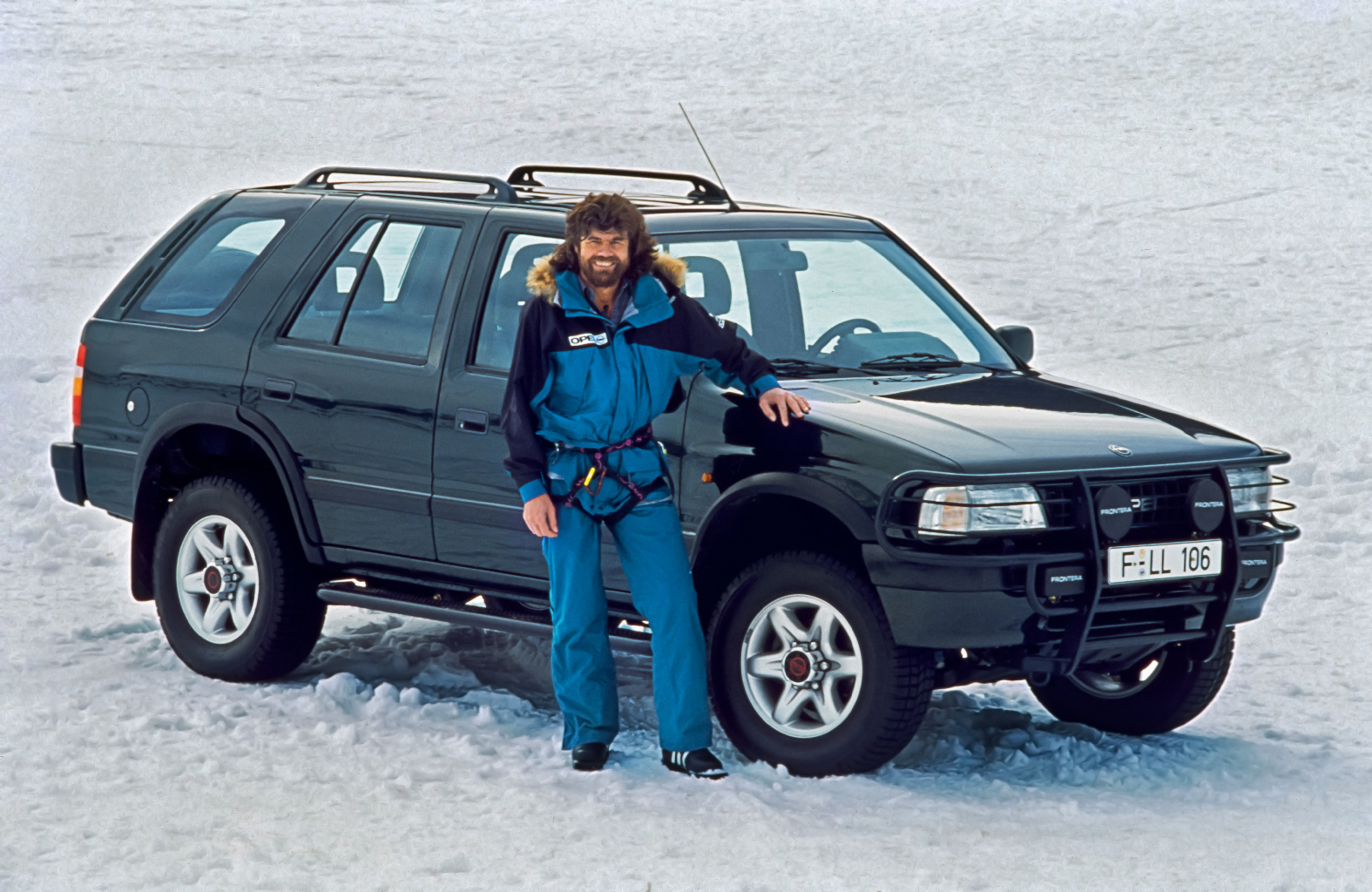
HIGH DEMAND In Germany, the new car was voted off-roader of the year in 1991 and 1992. In 1993 and 1994, it was the bestselling off-roader in Europe, with Germany the biggest market. More than 320,000 units were registered. Extreme mountaineer Reinhold Messner was a prominent brand ambassador.
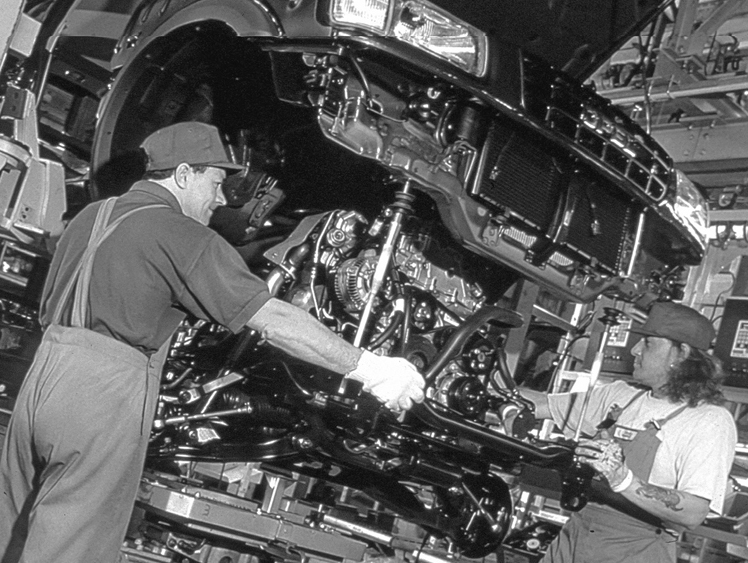
MANUFACTURED The Frontera was produced by the IBC Vehicles joint venture in Luton, England. Nowadays, the Opel Vivaro and the Opel Zafira Life are made at this location.
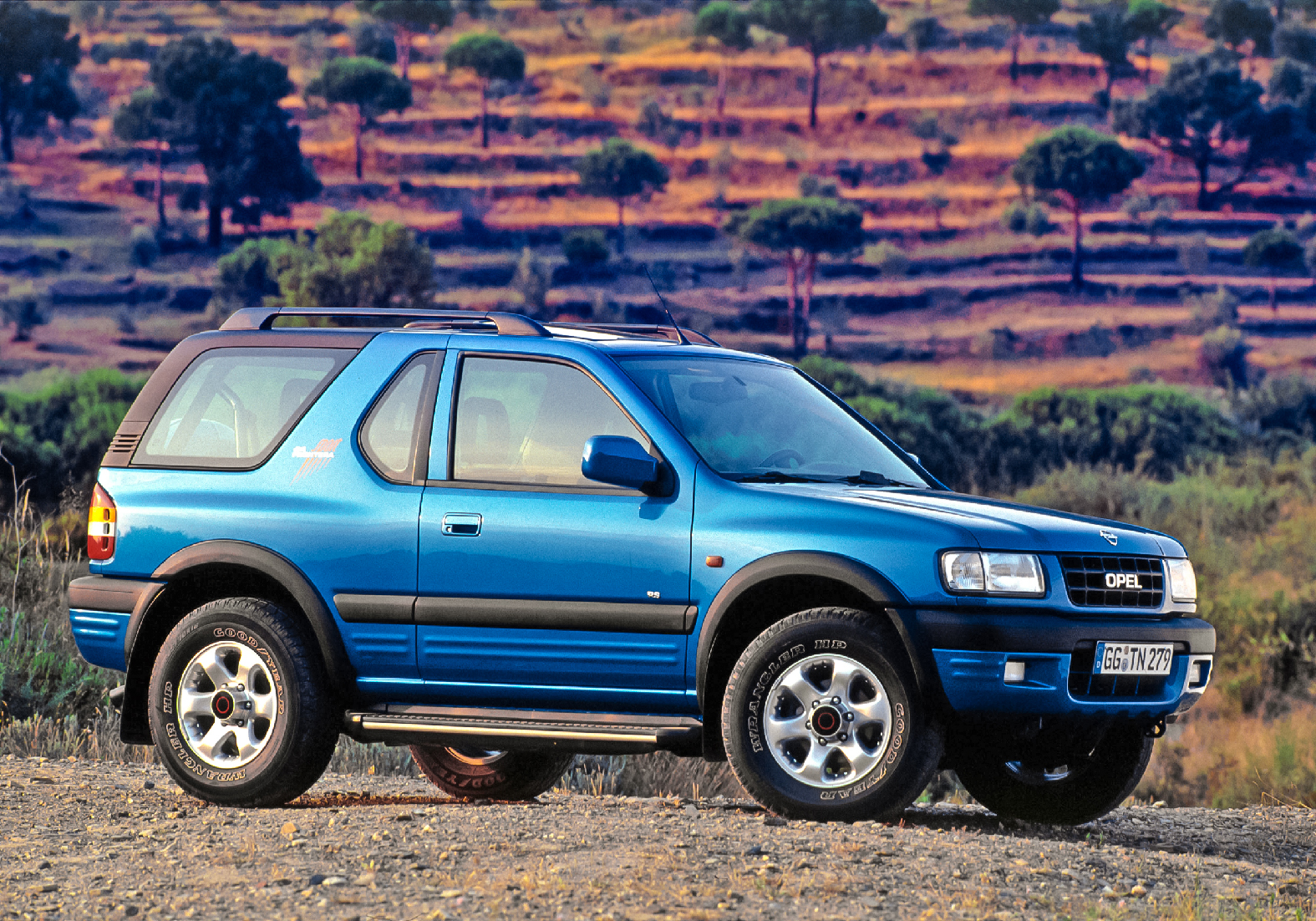
GENERATIONS In autumn 1998, Opel launched the second generation of the Frontera with a new 2.2-litre direct injection diesel and a 3.2 V6 petrol engine. The newly developed off-roader featured further improved road holding and comfort, higher safety and a refreshed design.

As the first “all-wheel drive leisure vehicle”, it anticipated the concept of SUVs – today’s fastest growing vehicle segment.
Why it had to be a Frontera
One reason was the 2.5 turbo diesel with 115hp (85kw), which had just come out at the time: “In combination with the selectable four-wheel drive, it was simply ideal for our purposes”. In addition, service with suitable spare parts was available everywhere around the world. The Frontera had already begun its march to fame on the automobile markets around the globe six years earlier. As the first “all-wheel drive leisure vehicle”, it anticipated the concept of “sport utility vehicles” (SUVs) – today’s fastest growing vehicle segment.
“We never needed service, though,” says Sowerby. The three adventurers crossed the Australian continent – exactly 7,884 kilometres – where the Frontera was on the market as a Holden, in three days, seventeen hours and 17 minutes. From there, they continued by plane to New Zealand.
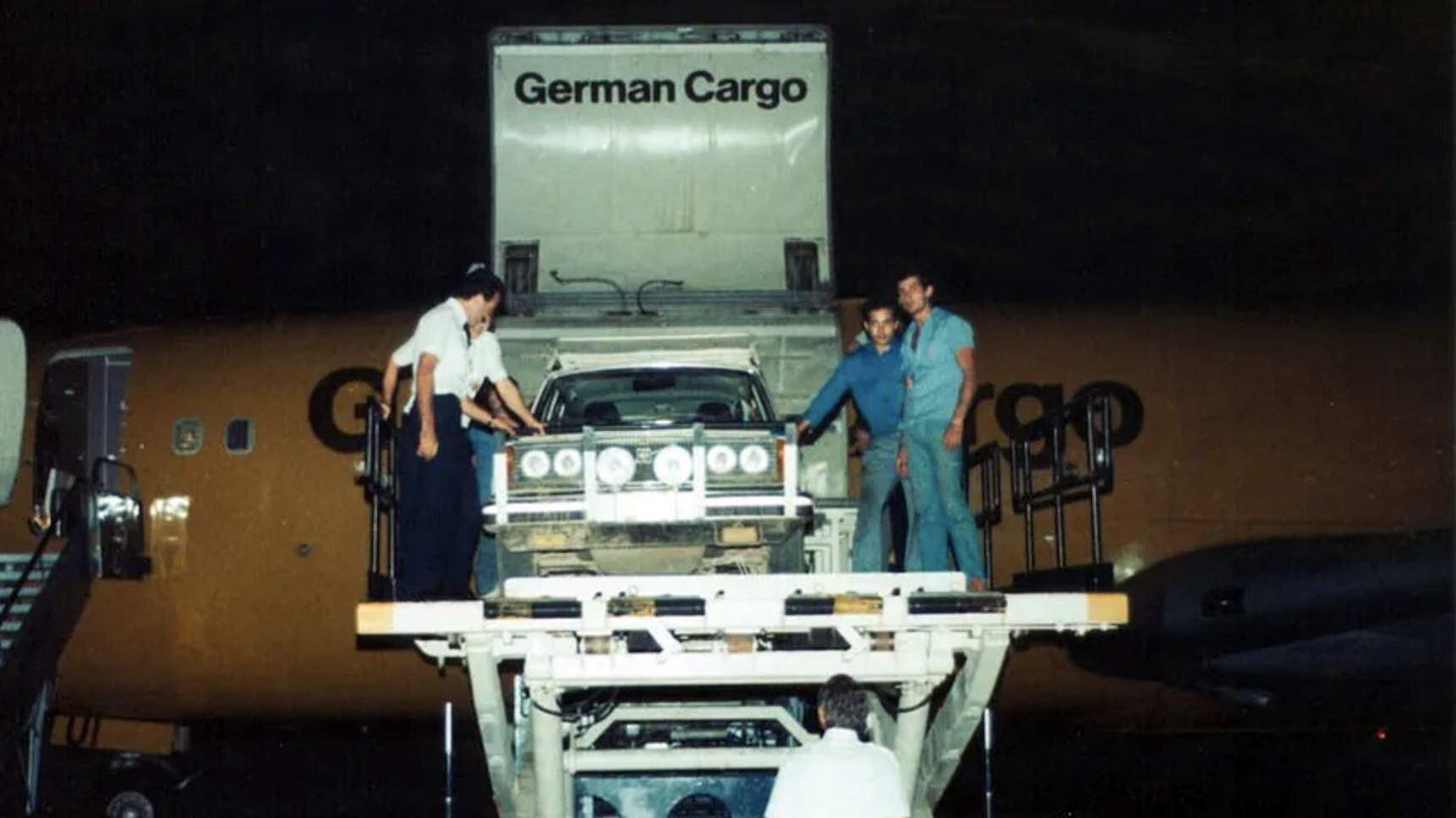
Frontera couldn’t be stopped – even by Barbie
And the leg by plane revealed an advantage that normal Frontera drivers would hardly have thought of. “Thanks to its size and weight, the all-wheel-drive all-rounder was also well suited for transport by air. And it fitted perfectly into the 20-foot containers in which it was shipped across the Pacific and Atlantic Oceans.”
In Taiwan, however, there was almost a stopover that would have thrown the cool-headed British team’s tight schedule overboard. The ship they had booked suddenly wanted to cancel the Frontera trip. The reason: it had to take on a cargo of Barbie dolls at short notice, which were urgently needed for the Christmas season. Without further ado, Sowerby got the English-speaking international press involved to persuade the freighter company to change its mind – with success.
After the 45 degrees plus in the desert, it was now time to enjoy the other extreme – temperatures that dipped to minus 15 degrees.
Incidentally, the globetrotters set foot on the American continent in Alaska. After all, anyone can make it easy for themselves. After the 45 degrees plus in the desert of Pakistan, it was now time to enjoy the other extreme: on the way through the far north of the USA to New York, the team was able to cool down at temperatures that dipped to minus 15 degrees at times. Which didn’t cause the Frontera any problems either. By the way, the production model had only been slightly modified by the specialists. For example with a reinforced front axle, special underbody protection, roll cage, harness straps and a larger air filter, tank and, of course, air conditioning.
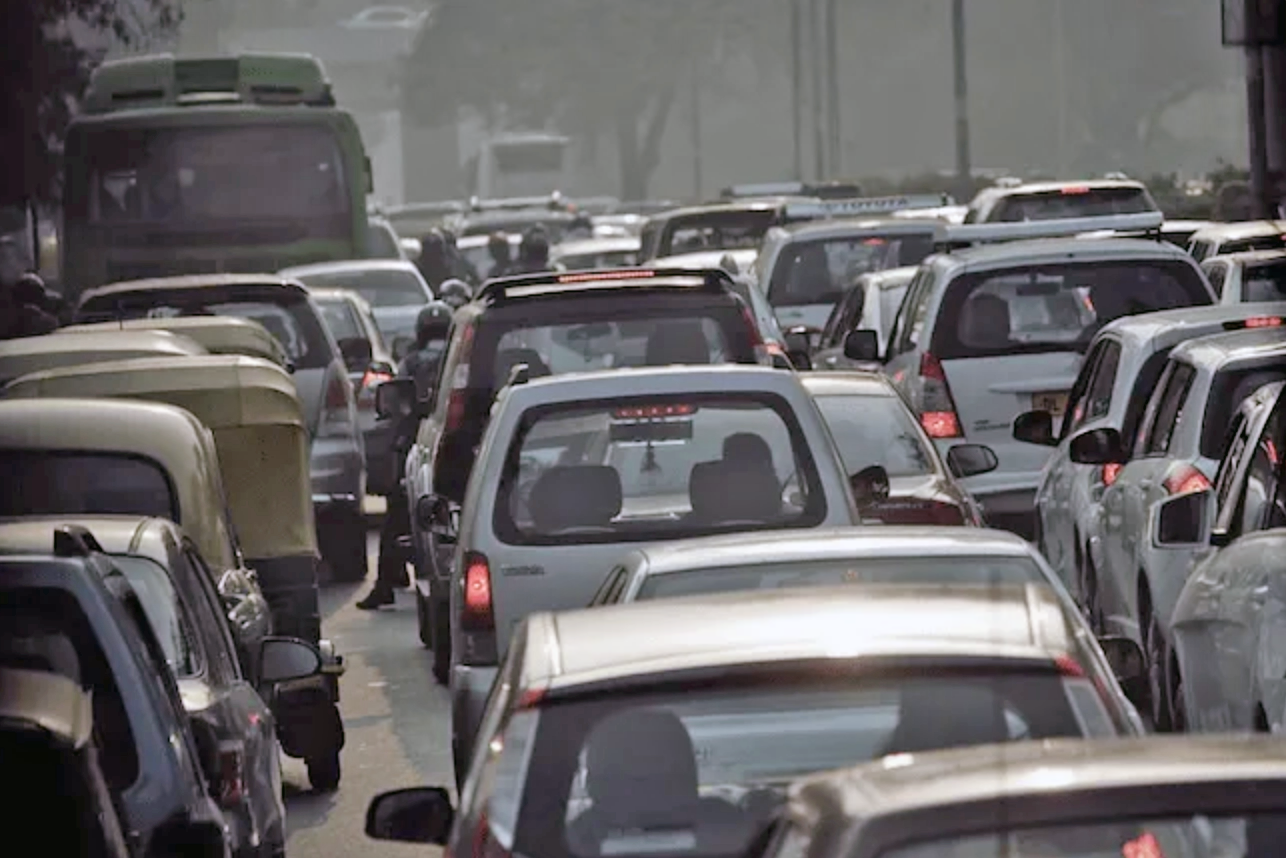
From the Big Apple, it was off across the Atlantic to Spain, then via France onto the Dover-Calais ferry – and back to London. On Thursday, December 11, 1997, the Frontera pulled up in front of the Old Royal Observatory in Greenwich. After 29,000 kilometres across four continents and through 16 countries. Deducting the flight and ship travel times, the crew needed 21 days, two hours and 14 minutes.
Tenacity, luck and skill
They arrived at 10:30 a.m. sharp. Local time, of course. Because Garry Sowerby, Colin Bryant and Graham McGaw had always changed their watches on time – and they had not made the mistake that almost cost Phileas Fogg his bet.
“Driving a car around the world is a complex, costly and gruelling test of endurance, requiring an abundance of tenacity, luck and skill,” Garry Sowerby recalls today. “The Frontera enabled us to pass it.” In addition, he says, Opel/Vauxhall was a grateful sponsor. “1997 was the last year of production of the first-generation Frontera. After our trip, the public was supposed to ask themselves: if something like this is possible with this generation – how good must the next one be?”
April 2021
